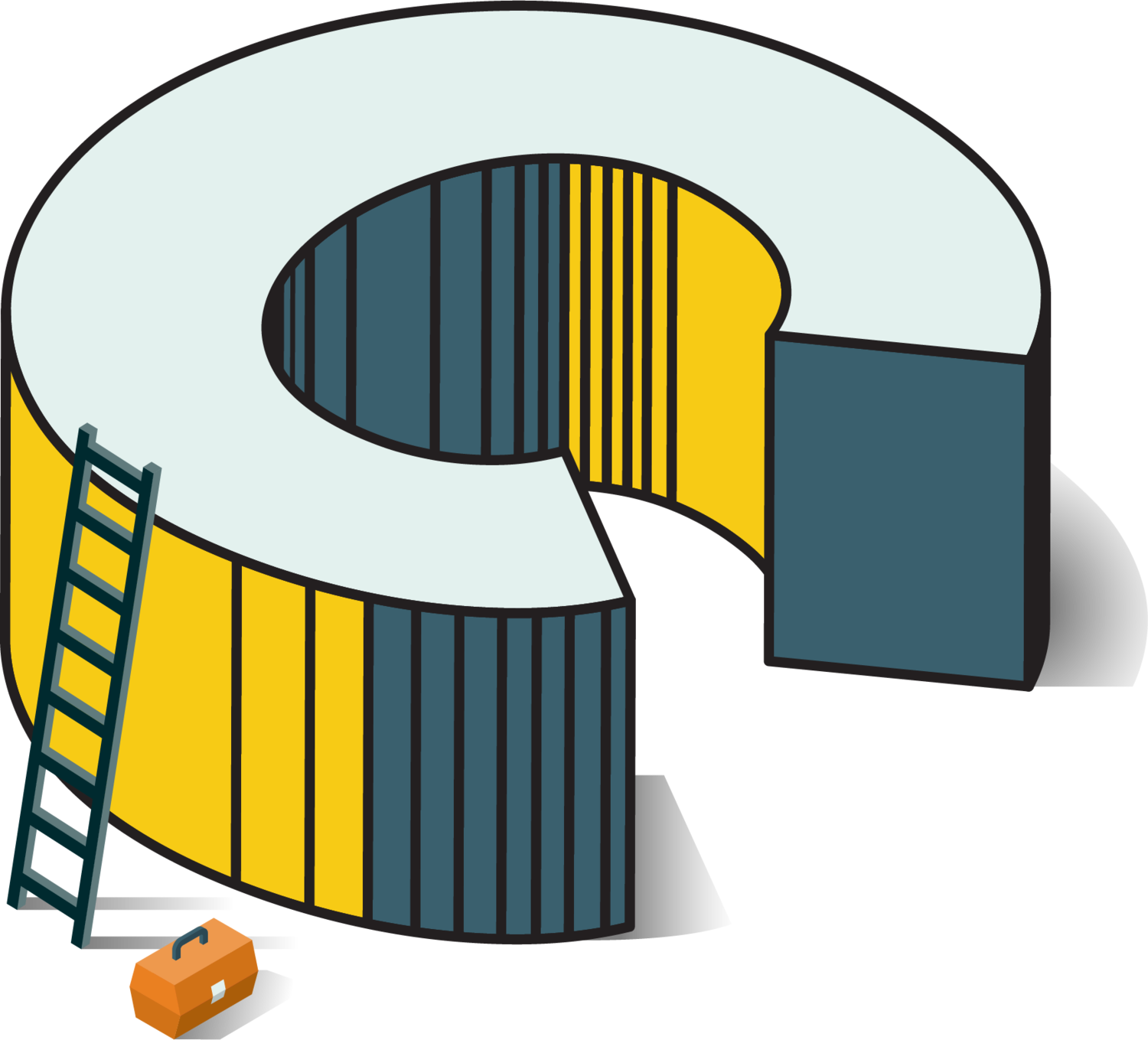046 - Building an Org Chart
Why You Need An Org Chart For Your Small Business
An organizational chart, also known as an "org chart," is a visual representation of the hierarchy and roles within a company. It shows the relationships between employees, departments, and positions, and can help clarify who is responsible for what tasks and who reports to whom.
So, how do you build an org chart? First, start by identifying the top-level positions in your company, such as CEO, CFO, and COO. From there, you can add in the departmental heads and their respective teams. It can be helpful to use a software or tool that allows you to easily move employees and positions around as needed.
There are typically several levels in an org chart, starting with the highest level at the top (e.g. CEO) and progressing downward to lower-level positions. The number of levels will depend on the size of your company. It's important to accurately reflect the hierarchy and reporting structure in your org chart so that everyone knows their place and who they should go to with questions or concerns.
““You can use [an org chart] to find your time and make your next best hire.””
An org chart can be a valuable time-saving tool for small business owners and managers. It clearly outlines who is responsible for what tasks and can help prevent confusion or duplication of effort. It can also help with delegation and allow you to focus on high-level tasks and decision making.
To get the most out of your org chart, it's important to keep it up to date as your company grows and changes. This may involve adding new positions, changing reporting structures, or updating job titles and responsibilities. It's also a good idea to share the org chart with your team so that everyone is aware of their role and how they fit into the larger picture.
Don't build your org chart in a vacuum - it's important to involve your team in the process. This will help ensure that everyone feels invested in the company and has a clear understanding of their role and responsibilities.
An org chart can also be a useful tool for making business decisions. For example, if you're considering adding a new product line or expanding into a new market, an org chart can help you assess whether you have the necessary resources and personnel in place to support the change.
Finally, an org chart can be used to build systems and processes within your company. By clearly outlining the responsibilities of each position, you can create standard operating procedures and establish clear lines of communication. This can help your company run more smoothly and efficiently.
In conclusion, an org chart is a valuable tool for small businesses. It helps clarify roles and responsibilities, can save time and improve efficiency, and can be used to make informed business decisions. By involving your team and keeping your org chart up to date, you can ensure that your company is set up for success.
Summary
What is an “org chart,” and what is it NOT? How do you create one? How do you use it? Is it even worth your time? Today, we’re talking about all things org charts so you can decide if creating one is the right thing for your business (hint: it is!).
Show Notes
What IS an org chart? (1:23)
A Tale of Two Tired Partners: How an org chart identified ways to free up their time. (4:18)
How do you build an org chart? (11:41)
Don’t build your org chart for what your company looks like today. Build it for what your company will look like when it’s “finished.” (18:02)
How to get the most out of your org chart. (19:15)
Pro Tip: Put your employee’s names in the boxes to see how much work everyone is taking on. (25:26)
You don’t have to (and probably shouldn’t) build your org chart alone! (27:08)
There ARE levels in an org chart. Here’s what they mean. (31:00)
One Thing You Can Actually Go Do: Make an org chart! (35:59)
Quotable Moments
“[An org chart] helps you make planning decisions, hiring decisions, firing decisions, identify growth opportunities, figure out systems for your company, and so much more... It really shouldn’t just sit on a shelf. It should be a living, breathing thing.” — K
“You can use [an org chart] to find your time and make your next best hire.” — M
“Your org chart has to have all four of these areas: guiding the business, getting the business, doing the business, and administering the business. That’s where you start.” — M
Resources
Catch this episode on YouTube
More from Martin
More from Khalil
More from The Cashflow Contractor

